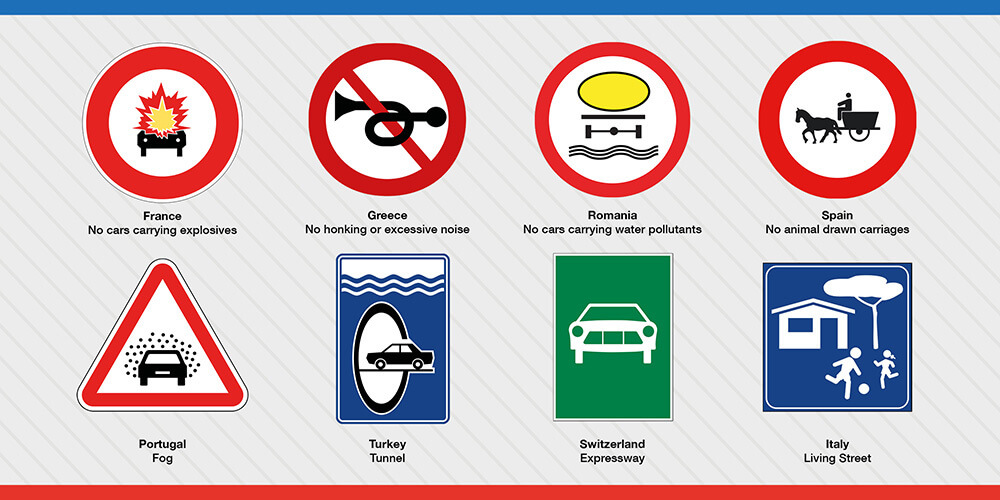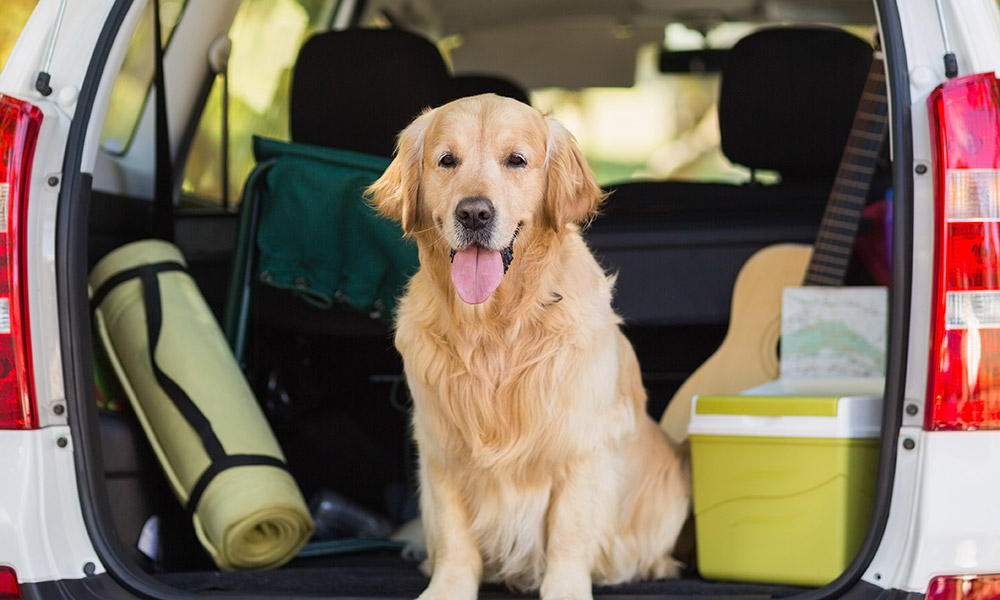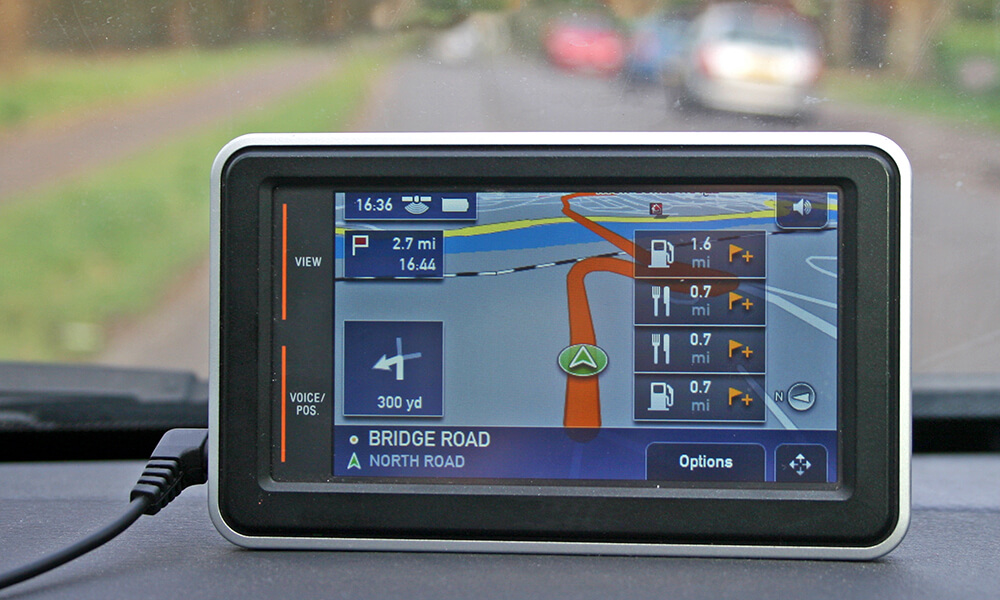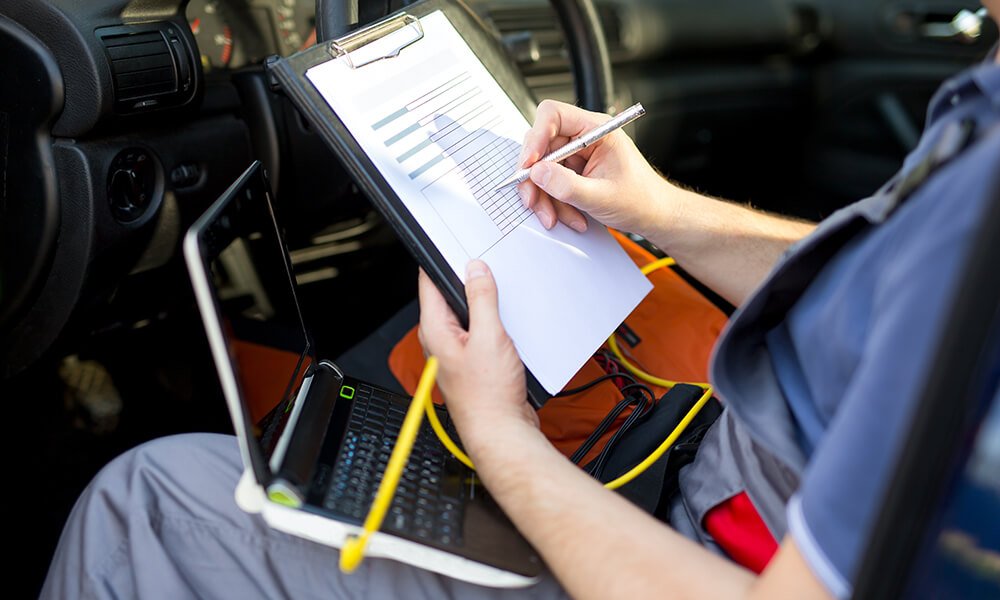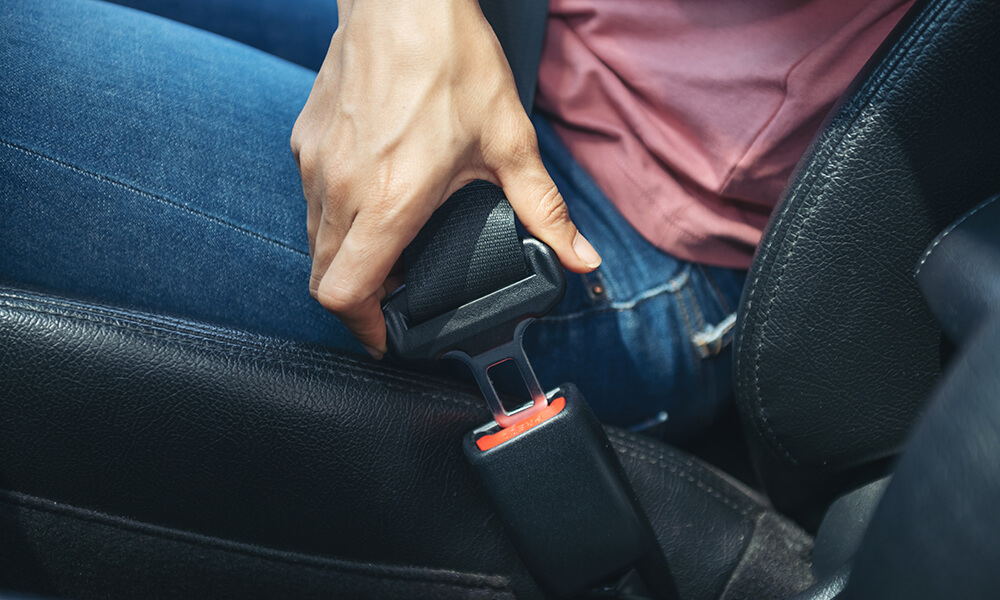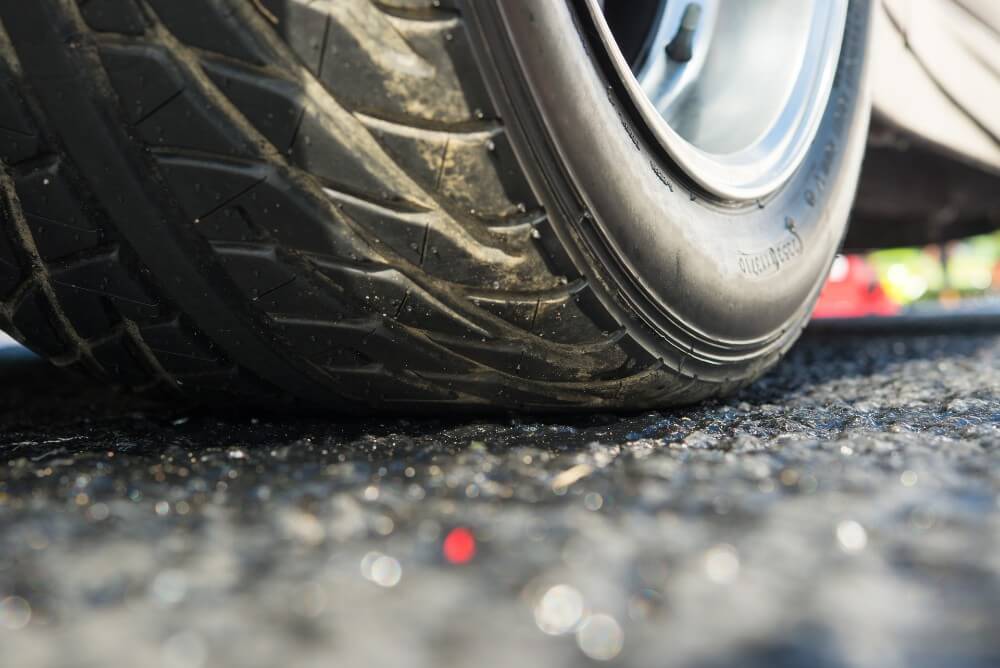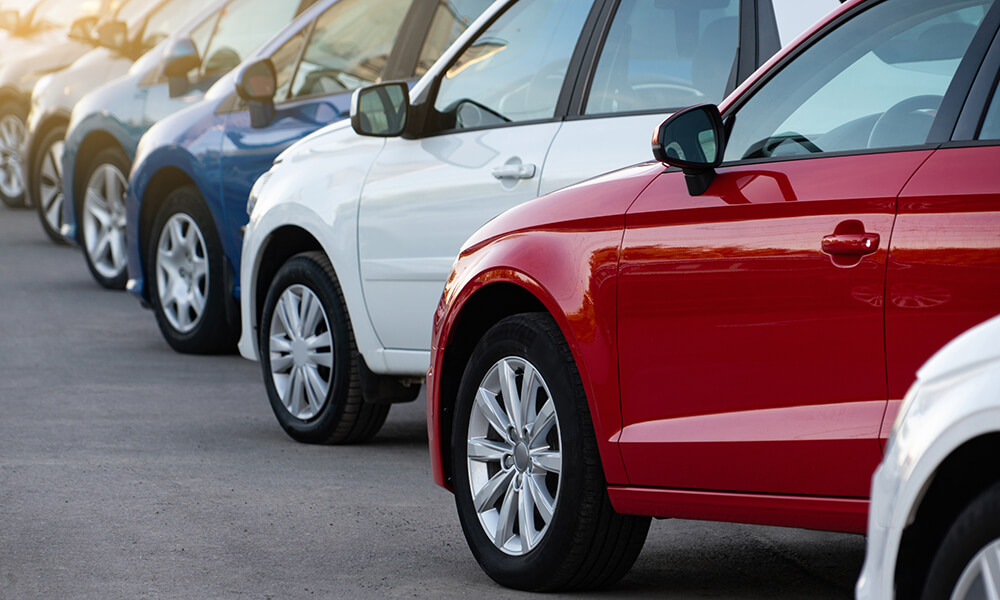Driving Abroad

For many of us, the classic European camping holiday is firmly etched into the memories of our childhood. The car, packed to the roof lining with everything except the kitchen sink, sags on its suspension as the family pile in for that first exciting leg to the ferry port.
Roof rack bursting with your worldly possessions, road atlas ready in wait on the dashboard – just the open road and six weeks of adventure ahead of you.
Whether it’s been a couple of years since you last drove abroad or if you’re looking to try it for the first time, we’ve covered all the bases to get you up and running as soon as possible.
Knowing your documents when you travel abroad
As with driving in the UK, driving abroad requires you to have specific documents in case you’re required to prove anything. When driving abroad, you’re still going to need to keep your GB or Northern Ireland driving licence with you when out on the road. As you might already do with your passport, one thing to do before you set off is check the validity of your driving licence and ensure it’s not about to expire.
If you’re taking your own vehicle, you’re going to need to bring along your logbook (V5C) and insurance certificate. If you already keep them in your car, be sure not to take them out if you clean your vehicle before your journey!
Some countries require what’s known as an international driving permit or an IDP. You’ll need a valid UK driving licence to get an IDP, but the permit you require depends entirely on the country you’re visiting and how long you’re staying for.
If you’re planning on visiting multiple countries that require an IDP, you should take the time to check which ones they require, as you may need to bring more than one. You can check which country needs what type of permit here.
If you’re driving in the EU, Switzerland, Norway, Iceland or Lichtenstein, you don’t need an IDP. However, some European countries may still require one if you still have a paper driving licence.
Staying safe while driving abroad
It should go without saying that driving rules and regulations in the UK don’t always apply to countries abroad. The most obvious will be traffic driving on the right, which happens in 163 countries compared to the UK and the other 75 that drive on the left. Keeping abreast of the local speed limits, drink driving, and general road safety rules are integral to avoiding trouble with law enforcement and keeping other road users safe.
Some countries may require you to bring things with you if you’re driving
- Additional equipment such as reflective jackets and warning triangles
- Emission stickers are needed for some European cities; these may need to be purchased weeks in advance of your visit
- Headlight converter stickers
- A UK sticker
It’s also wise to check your insurance and how that affects your ability to drive abroad. Your UK insurance should give you third party cover to drive your vehicle abroad, but checking the fine print will inform you of any extras that can be covered in your policy. This can be useful if you want peace of mind from theft or damage to your car, and if you check in time, it should allow you to change policies if you so wish.
It used to be that UK motorists would have to show a green card to prove they had insurance when entering the EU. However, the European Commission announced in June 2021 that this would no longer be necessary and that normal insurance documents would be enough.

Renting a car in the UK to drive abroad
If you’ve hired or leased a car in the UK that you intend to take abroad, you’ll need to take a VE103 certificate which can be acquired from a number of providers for a fee. When renting a car to take overseas, it’s also your responsibility to check you have all the necessary equipment required in that country.
When planning on taking your rental car abroad, you’ll need to tell the company in advance because they don’t all grant the same permissions when it comes to driving a vehicle out of the country.
How old do you have to be to drive abroad?
The age you have to be to drive abroad legally varies from country to country. For example, in most European countries, you have to be 18 or over to drive unsupervised, though, in some, the age limit is 17. Renting a car also affects the age you have to be to drive abroad, with most rental agencies unwilling to loan a car to anyone under the age of 21. This means that regardless of whether you’re old enough to drive a vehicle in a country of your choosing, you might find yourself unable to rent a car.
Firstly, you should check to see if you need to register your trailer or Caravan before you take it abroad, but if you’re driving in the EU, Andorra, Bosnia and Herzegovina, Iceland, Liechtenstein, Norway, Serbia or Switzerland, you don’t need a green card for either your vehicle or what you’re towing.
However, other countries may have different requests, including additional insurance, so it’s always best to check with your insurer to determine what’s needed.
Road signs in Europe
While driving in some parts of Europe, you may get the distinct impression that other road users pay no attention to the road signs; you should still observe and follow the rules of the road, no matter where you are.
Below, we compare the examples of road signs you can expect to see while driving across Europe. Most are self-explanatory, especially when other vehicles are around to indicate correct procedure and are near-identical to UK road signs. However, it’s always good to do some in-depth research on the driving rules and regulations of the countries you’ll be passing through.
